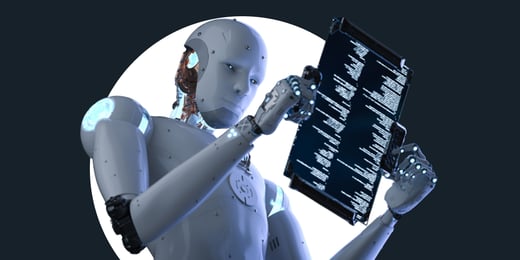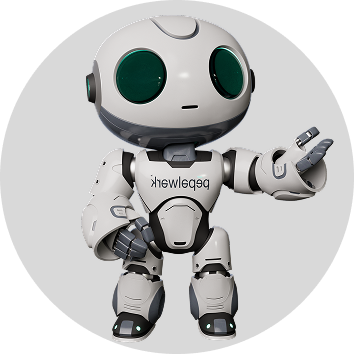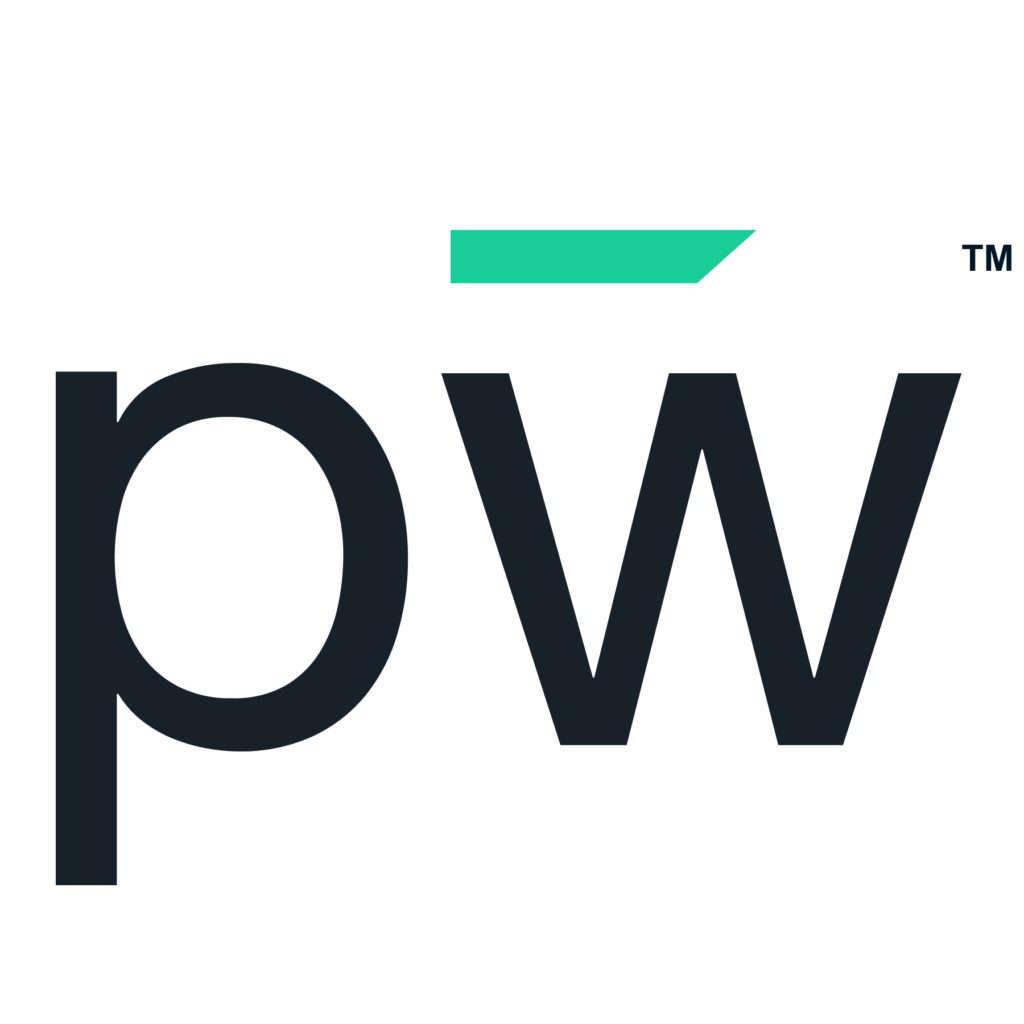Building your company’s workforce is an evolving and changing landscape, with known and new challenges at play. The job market remains competitive, and people have new ideas and expectations regarding work. Adapting your talent acquisition and development strategies is vital to keep up with all these factors. Now is a great time to begin modernizing how you acquire talent to ensure you hire those that best fit your needs and will remain with your company long-term.
In this post, we’ll review the state of talent acquisition. Then, we’ll look at innovative approaches to it, such as career-matching software, that can set your company apart from others.
1. Shift from a recruitment mindset to one focused on talent acquisition.
“Talent acquisition” and “recruitment” are terms used interchangeably, but they aren’t the same. Talent acquisition describes all aspects of the hiring process and is a long-term strategy for a business. Acquiring talent has many components, including:
- Employer branding and culture
- Attracting candidates to your company
- The candidate and employee experience
- Diversity in hiring practices
- Performance and metrics associated with hiring
Recruitment is much more narrow and short-term. It’s simply about filling open positions as quickly as possible. It involves creating job descriptions, promoting vacancies, and connecting with qualified job seekers.
While they live in the same ecosystem, they play different roles in your strategy to recruit, hire, and retain employees.
Why must companies shift their mindset from short to long-term?
A big reason you need to adapt is the Great Resignation. It’s the phenomenon that began in 2020 and describes millions of Americans voluntarily quitting their jobs. It started during the pandemic but is continuing. By November 2021, 4.53 million Americans were part of the movement, and 50.5 million quit their jobs in 2022.
The reason behind this mass exodus is complicated. Many people began to reevaluate their life and work because of the pandemic. Others suffered burnout due to demanding jobs and fled industries such as healthcare, retail, and hospitality. Many wanted to reset their professional lives.
Because of significant change — along with high job creation and low unemployment — recruitment alone isn’t likely to keep your talent pipeline running. It’s a Band-Aid for a problem that talent acquisition and development strategies can better handle.
2. Develop new strategies by defining business goals and company identity.
The starting points for talent acquisition and development strategies are business goals and company identity. Here are some areas to examine.
Revisit employee branding.
Your branding is the first impression candidates have of your company. Ensuring it’s inclusive and attractive can create more interest from candidates. Working on this should involve the human resources and marketing departments and other stakeholders.
One element of this should be to define culture based on corporate social responsibility and diversity. This can make a big difference in how candidates see your company and whether or not they align with your culture.
Appeal to candidates where they are.
Your workforce of today and tomorrow will consist of younger generations. They have different experiences when it comes to their careers. They are digital natives, active on social media, and care about a company’s values. If you want to hire from this generation of job seekers, you’ll need to communicate your culture in places besides your website or job boards.
3. Streamline the candidate experience.
Job seekers are frustrated and exhausted by the current candidate's experience. Creating resumes and filling out applications makes applying for jobs feel like a job itself. Candidates also desire more communication throughout the process. If you streamline the process and communicate with candidates, you create positive experiences.
Job-matching software can do this in a new way. First, there’s no application required or need to fill out lengthy forms. Job seekers have talent profiles, and your company has job profiles. Matches occur based on machine learning algorithms that look at the whole person to see if they fit your needs. All interactions happen in the platform with automated communication and feedback. Additionally, this new process removes burdens on you and other hiring managers to wade through all those applications and paperwork.
Get more hiring tips by watching the video below with insights from our CEO.
4. Offer learning and development opportunities.
Job seekers are eager to learn more skills and improve their knowledge of an industry or role. Reskilling and upskilling should be part of your talent acquisition strategy. The skills gap is a concern for both employers and candidates, and you can help close it by using skills-based hiring. With candidate-matching software, you can even request that a person upskill at the beginning of the process so they are career-ready.
Continuing to offer learning and development opportunities after a candidate becomes an employee gives them a path to grow and move up in the company. Investing in your people often translates to higher job satisfaction and better retention.
5. Create a long-term vision for talent acquisition by hiring for skills, not degrees.
This vision is another major change in strategy, impacting your ability to hire now and in the future. One of the best ways to create this vision is to focus on skills-based hiring and job matching instead of traditional job boards. With skills-based hiring and job matching — which is how pepelwerk’s platform works — you’ll connect with qualified candidates based on their attributes, attitudes, and abilities.
In some cases, you may see great potential in a person to be an employee, but they may need to work on a specific skill. If so, they can learn it while staying in your pipeline.
pepelwerk leverages data from candidates that are much more in-depth than a resume and involves areas such as passions and skill sets. This people-focused way to hire is much more effective than traditional approaches that often exclude people who would be a great match for your organization.
The algorithms in the system support more dynamic matching by matching words, skills, and combined data relating to a person’s skills, attributes, and lifestyle.
6. Expand outreach beyond online and job fairs.
The last element of a great talent acquisition and development strategy is to meet people in equitable ways beyond connecting on LinkedIn or attending a job fair. There is some value in these strategies, but they often don’t create results or relationships. pepelwerk events are different and highly valuable for employers. You can meet qualified, motivated candidates and learn about their expectations and perspectives.
Developing long-term talent acquisition and development strategies is good for business, and you can adapt much faster with pepelwerk. Explore how it works today, and check out our events.










